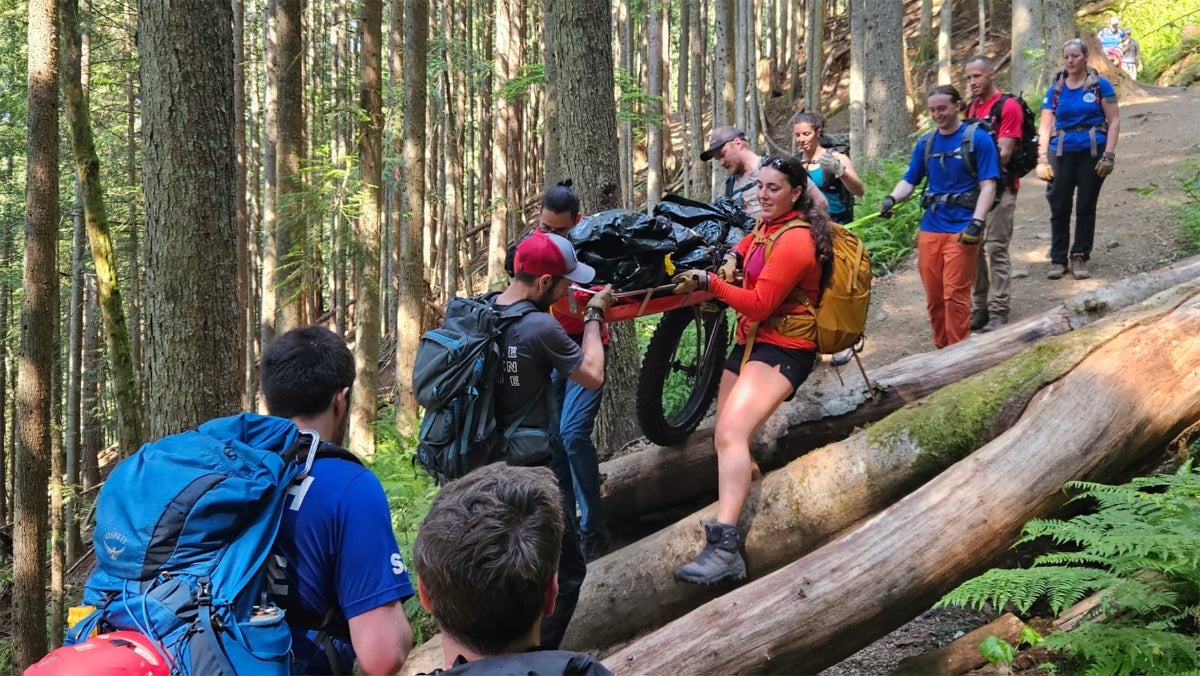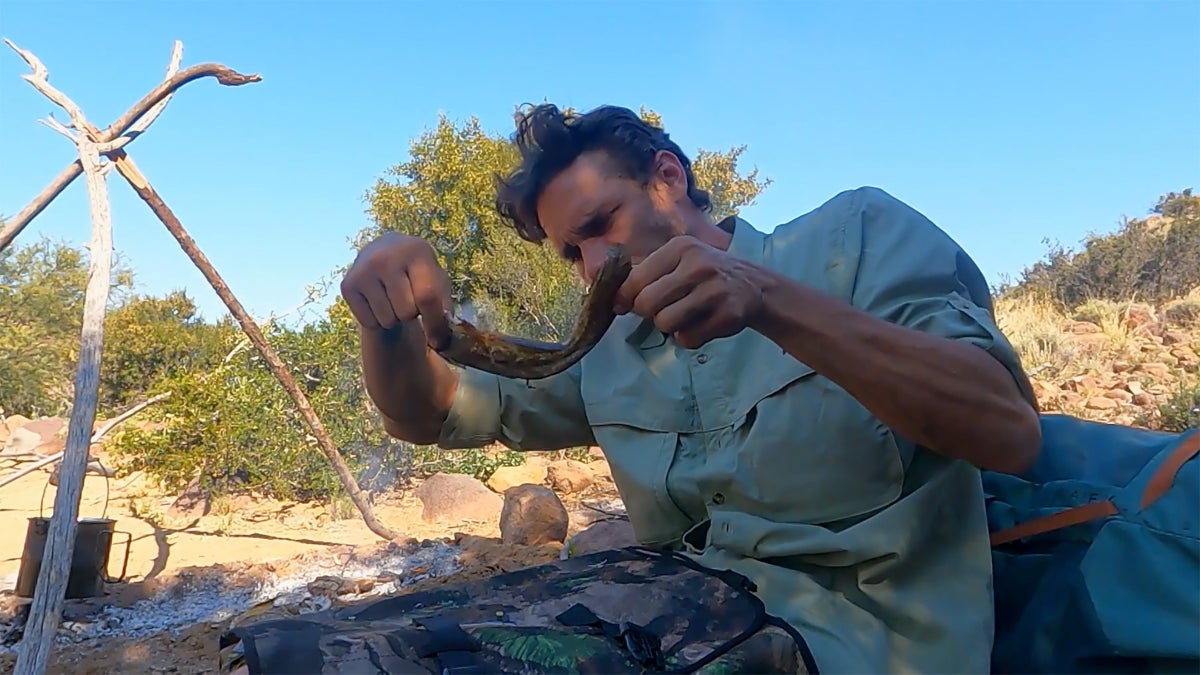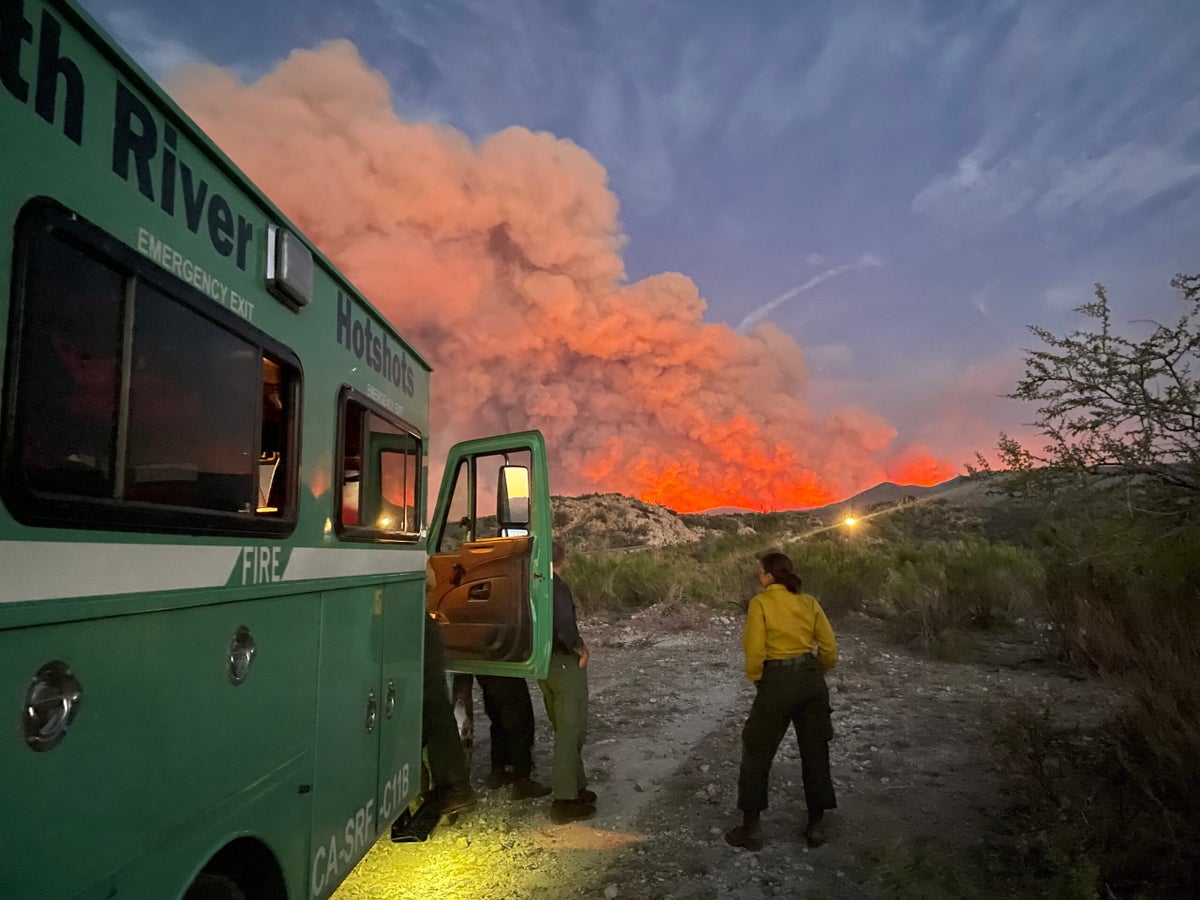
A flurry of distress calls from a single hiking trail near Seattle prompted the local King County Explorer Search and Rescue (KCESAR) team to ask hikers to exercise better judgement and caution.
All of the incidents occurred on 4,841-foot Mailbox Peak.
On Monday, June 22, KCESAR published the warning on its Facebook page, noting that five different people required rescue over the span of seven days in June. Another rescue group, called Seattle Mountain Rescue, posted that it responded to three different distress calls on June 19 on the mountain.
In the semi-satirical Instagram post, KCESAR wrote that it had “Officially Filed Change of Address to Mailbox Peak” to make future rescues easier.
Both of the posts included a photo of the metal mailbox that sits atop the mountain.
“Sometimes, accidents just happen—and we’re here for that,” wrote KCESAR.
Mailbox Peak is accessible by two trails: an older, steeper route, and a newer, slightly longer but more gradual trail, but neither requires any technical rock climbing or scrambling, and even the longer route is less than 10 miles round trip. However, the path is quite steep. Hiking from the trailhead to the summit entails 4,000 feet of elevation gain, and even via the newer, gentler trail, hikers must ascend approximately 850 vertical feet per mile.
As the Washington Trail Association notes on the trail’s page, “your thighs will feel the burn once you start climbing, and it won’t let up until you’re standing triumphantly next to the Mailbox.”
In addition to the steep nature of the trail, Mailbox Peak is less than an hour by car from downtown Seattle. In an interview with local outlet KOMO News, KCESAR’s Natalite Patterson called hiking the mountain a “rite of passage” for locals, and noted that the majority of distress calls on Mailbox entail dehydration, leg cramps, falls, or becoming lost in the dark. Although five emergency calls in a single week is unusual, KCESAR says the peak is one of their “top 5 most common SAR callout locations” year-round.
Due to the high quantity of inexperienced and unprepared hikers who seem to find their way to the peak, the idea that Mailbox is inordinately treacherous or difficult has become a running joke in online hiking forums. On the Reddit page r/Mountaineering, commenters routinely compare Mailbox Peak to 8,000-meter mountains such as K2 and Mount Everest.
King County isn’t the only county in Washington struggling with an excess of search and rescue calls. In nearby Skamania County—which saw a 400 percent increase in SAR incidents in May compared to last year—local authorities are considering an ordinance that will require rescued hikers to pay for their rescues, if their behavior is deemed to be negligent or reckless. Many rescue outfits, particularly volunteer ones, oppose this idea, arguing that punitive policies could deter hikers from calling for rescue.
In a follow-up post to their announcement of the five calls on Mailbox, KCESAR wrote, “anyone can find themselves in trouble. Whether you’re a first time hiker or experienced guide, accidents happen, weather shifts, gear fails. Whatever the reason, KCESAR has your back!” Their post goes on to advocate a policy of, “Compassion first. Lessons second. Judgement never.”
Taking a middle ground, some states, like Utah and New Hampshire, have implemented programs that encourage hikers to purchase search and rescue cards in advance of any wilderness trips, both to support the state’s search and rescue efforts and, worst case, offset the costs of potential rescue missions for themselves.
In its Instagram post, KCESAR included five tips to address common mistakes the crew has seen on the mountain:
- Bring a headlamp, even in summer. Phone flashlights don’t count — batteries die, and trail nights are darker than you think.
- Pack the 10 Essentials — including that headlamp! If you get injured, these items help keep you safe, warm, and dry while waiting for help.
- Choose hikes that match your current fitness and experience—especially early in the season.
- Don’t count on cell service. Many trails have spotty or unreliable service. Bring a backup way to call for help and navigate (download your maps!).
- Wear real hiking shoes. Crocs may be comfy, but they’re not made for steep mountain trails.
The post Hikers Keep Getting Rescued on This Popular Trail Near Seattle appeared first on Outside Online.















